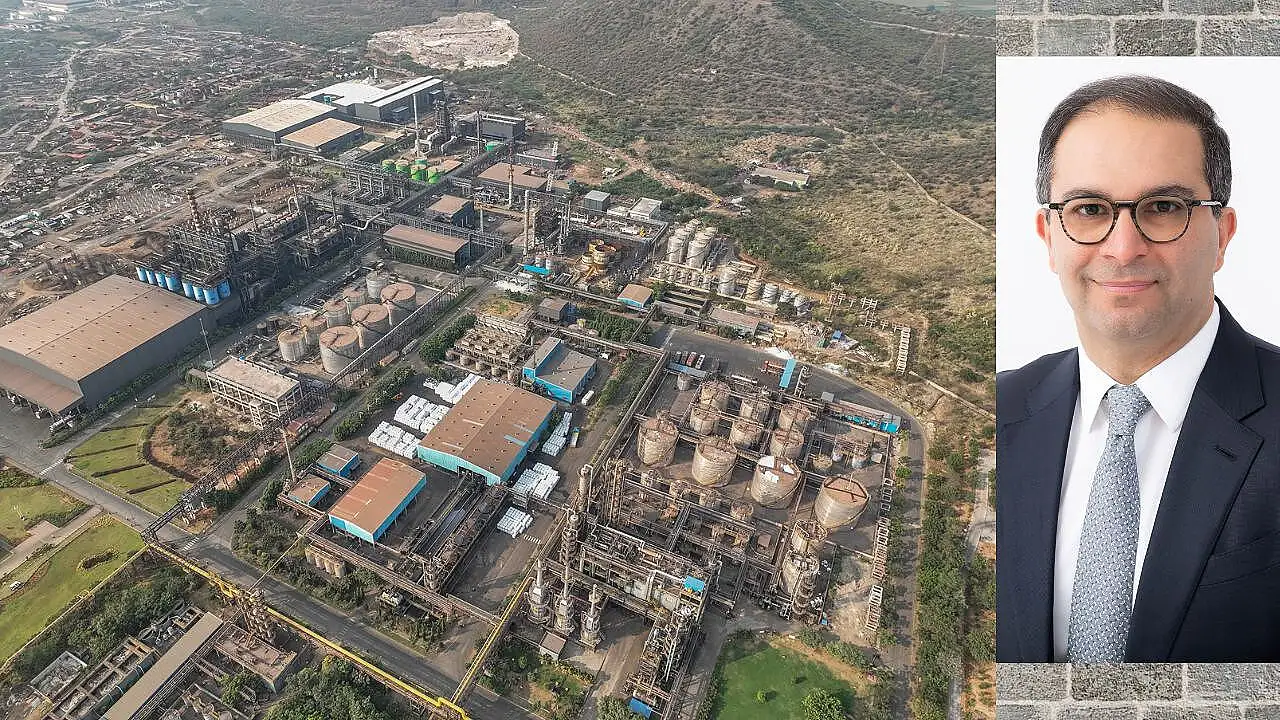
As the world accelerates towards electric mobility, sustainability becomes the cornerstone of this transformation. Key to this is the production of sustainable natural and synthetic graphite, essential for meeting the growing demand for electric vehicles. Innovations in graphite and the evolution of anode and cathode materials are crucial for enhancing Li-ion battery performance and cost-efficiency. Epsilon Advanced Materials (EAM) stands at the forefront, producing high-calibre, eco-conscious lithium-ion battery materials, driving essential advancements in energy storage.
Cost Pressure
The pressure to enhance the energy density, efficiency, and performance of cathode and anode materials while maintaining cost-effectiveness is ever-present. Acknowledging this challenge, Vikram Handa, MD, EAM, said, 'It's important to understand that our business is driven by technological innovation, not by commodity pricing.'
While EAM sells its products by weight in kgs, cell manufacturers focus on the cost per kWh, and automakers are concerned with the dollars per kWh per litre in terms of space i.e. how much energy can be packed into a given space. Each player in the supply chain has its own metrics; though they aren't directly linked, the ultimate goal of reducing the dollar per kWh remains crucial across the industry.
This difference means that the cost per kg doesn't necessarily have to decrease over time. For instance, a product currently priced at $10 per kg might rise to $15 in the future, but this increase could be justified by significant improvements in cell performance. Such advancements often stem from innovations in technology, such as new coatings or additives, that enhance the overall efficiency and functionality of the cells, he pointed out.
OEMs’ Approach
OEMs are perpetually exploring ways to maximise the number of cells within battery packs, a pursuit that directly influences EAM’s approach to markets like India. Here, battery manufacturers increasingly favour LFP (Lithium Iron Phosphate) over NMC (Nickel Manganese Cobalt) chemistries. Although LFP cells are heavier, they can withstand higher temperatures, making them more suitable for the Indian climate. In contrast, NMC cells require careful compartmentalisation and spacing to prevent overheating, which complicates the design but is necessary for safety.

The intriguing part of this dynamic is how it impacts kWh per litre—a critical metric for energy density. By optimising how cells are packed, especially when using chemistries like LFP that allow for closer integration, manufacturers can achieve significant gains in energy storage within the same volume. This reflects the nuanced thinking across the supply chain, where each player—from material suppliers to OEMs—strategically balances these variables to enhance overall battery performance, he mentioned.
EAM’s USP Handa highlighted a distinctive process that sets EAM apart. 'Our raw material is coke, which typically comes from petroleum coke that is converted into synthetic graphite. However, our parent company, Epsilon Carbon, has developed an innovative approach by utilizing waste from steel plants to produce a product called pitch, which we then supply to the aluminium industry. Over the past five years, we've advanced and commercialized a technology that transforms this pitch into coke. This backward integration allows us to produce our own coke, as well as all our coatings, in-house.
What makes this truly unique is that no other company in the world produces its own coke—they all purchase and blend it. This integration gives us a significant advantage in both cost efficiency and performance. Moreover, it enhances our supply chain security, reinforcing the synergy between our parent company and EAM,' Handa explained.
Sustainability And Recycling
Should raw material suppliers focus on sustainability and recycling, particularly with end-of-life vehicles? Handa believes there are several critical aspects to consider. “When we conceptualise our projects, whether in India or the US, we conduct a thorough life cycle analysis to assess the greenhouse gas (GHG) emissions associated with our anode production. The industry is highly energy-intensive, with production temperatures reaching up to 3,000 degrees Celsius. To mitigate this, we are striving to use 90% renewable energy in our Indian operations, resulting in a carbon footprint that is approximately 78% lower than that of similar products manufactured in China,” he said.
Does this lower carbon footprint translate into a price advantage? Not necessarily. However, “our commitment to sustainability has been integral to our business approach from the outset. We continuously ask ourselves: can we implement practices that enhance our sustainability? This reflection is central to our efforts in reducing the carbon footprint of our products,” he mentioned.
As for recycling as a solution to supply chain challenges, Handa is cautious. The sheer scale of demand means that recycling alone cannot bridge the gap. Nevertheless, “we are actively engaged in the recycling sector, particularly as it begins to take root in India. Currently, recycling focuses on end-of-life batteries from two-wheelers and consumer electronics, but in the coming years, production scrap will increase, and the batteries entering India today will eventually need to be recycled. Our goal is to establish circularity within three to four years, scaling our recycling operations to reintegrate recovered materials, such as graphite and lithium, into our production processes,” he said.
While creating circularity is a key objective, Handa acknowledges that every industry requires time to mature. In his view, the timeline for significant progress in this area is likely three to four years.
Also Read:
We Want To Build In India And Cater To Global Markets: Epsilon’s Vikram Handa